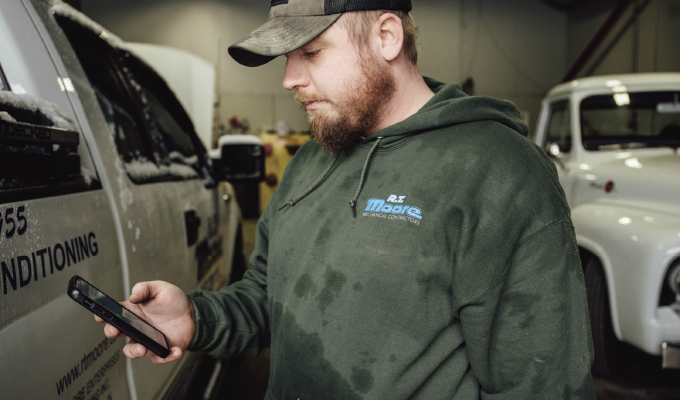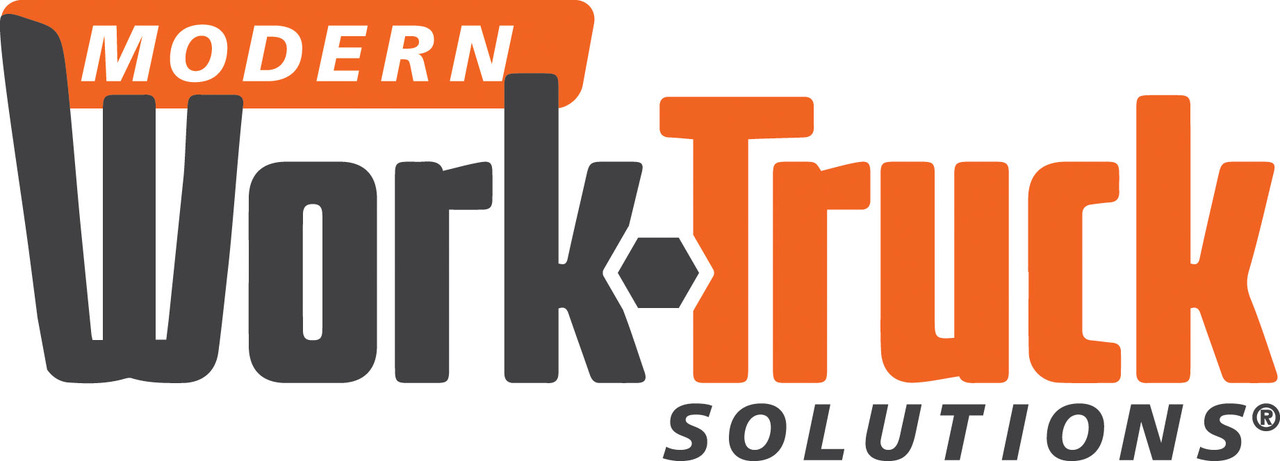Why does it often seem difficult to match fleets with available technologies? The market is flooded with solutions, each promising some degree of revolutionizing your operations, yet it’s easy to get stuck in sales call cycles, trials, demos, and budgeting conversations, only to revert to where you started.
Some fleets go through the process of adopting a solution but backslide to paper tracking due to a lack of adoption, whether because the solution is overly complicated or it lacks the features your fleet needs. When this happens, there’s a good chance you could be locked into a contract for a product you barely use.
CHALLENGES IN FINDING THE RIGHT FLEET TECHNOLOGY
When it comes to adopting technologies, the difference between success and failure often comes down to execution. When you use technology right, it can become significantly easier to do your job well. It doesn’t diminish your expertise, rather it frees up time to focus on core responsibilities instead of wrestling with the logistics of paper forms and logs. However, both implementation and adoption really do have to be done right. You can’t just log on to a platform and expect everything to be rainbows and sunshine from that moment on.
Think of these technologies as the difference between being Robocop and Inspector Gadget. Robocop is a better version of what he was already good at. Everything was streamlined to make being a police officer easier. Inspector Gadget has all the gadgets, then he spends a whole episode trying to figure out how any of it will help him, and he gets the job done by accident after bumbling around for a while.
To avoid becoming an Inspector Gadget, fleets must prioritize solutions that are easy to use and feature intuitive interfaces that guide users through key processes, like digital work orders, inspection workflows, parts reordering, and downtime tracking. A platform that feels clunky or overly complex will likely be abandoned, no matter how powerful its features are. Choosing a solution that’s user-friendly and tailored to your fleet’s needs ensures consistent adoption and maximizes ROI.
CHOOSING THE RIGHT FLEET TECHNOLOGY
Selecting the right fleet technology is integral to improving operations, but successful implementation is just as important as the choice of solution itself. It’s not enough to pick a solution with flashy features or a low-price tag; to truly enhance your fleet’s performance, you must evaluate options carefully to ensure alignment with your fleet’s specific needs. Whether you’re looking at telematics, fuel cards, or digital maintenance and management platforms, start with a list of goals you’re hoping to meet by using the technology and discern what features and functionality are “must-haves.”
Ease of use is a critical factor in successful adoption. Technology should be intuitive and practical for end users, from drivers to technicians. Testing the software through a free trial allows you to gauge its usability and determine whether it fits your team’s workflow. Once you’ve selected a software, roll it out gradually, starting with key users to iron out any kinks and ensure a smooth transition. This phased approach maximizes the software’s value and minimizes disruption.
Additionally, verify that technical support is available to assist with onboarding and troubleshooting. A well-defined implementation timeline and a robust onboarding program can make the transition smoother, ensuring your team is set up for success from day one.

TIPS FOR SELECTING AND IMPLEMENTING FLEET TECHNOLOGY
When it comes to choosing the right technology for your fleet, shop around, make sure you’ve got good tech support, put ease of use above all else, and train smart.
Here’s how to approach each step.
- Shop around: It can be tempting to just sign on the dotted line of the first fleet solution that looks good to you and fits your budget, but rushing the decision can lead to regret. If you’ve never used a particular software before or if it’s been a while since your last hunt, pay close attention to the details of each option. Can it work with the software you already have? Can it be used in the field? Can it be used on a tablet or phone the same way it can be used on desktop? Are you looking for something drivers and operators can use to report issues on the road or at a job site? Start by creating a list of must-have features, like a mobile app or integration capabilities, to guide your search. Compare multiple vendors and request demos to see how each solution performs in real-world scenarios.
- Get tech support: If you’re not a tech-forward person, then you’re going to want a good guide through the implementation process. Whatever solution you go with, make sure you have onboarding services with a well-defined timeline for implementation ready to go. Having the right team on your side to keep the process moving will help keep you out of software limbo. Technical support is also essential for addressing issues that arise after implementation, ensuring your team isn’t left stranded when problems occur.
- Prioritize ease of use: A solution that’s difficult to navigate will frustrate users and lead to low adoption rates. If a vendor offers a free trial, take it. Get in there and see if you can navigate around quickly. Get a driver and technician to play around in it too to make sure it’s universally easy. On that note, getting your team’s feedback is vital to making sure the platform is going to be useful. Involve end users early in the evaluation process to confirm the solution meets their needs and feels intuitive.
- Train smart: Traditional “school room” training where you sit everyone down to watch a PowerPoint presentation may not be the best route. Instead, try a slow roll-out method. Train one or two team members to be lead adopters of the platform so they can become familiar with it and help guide others through it as you continue to roll it out fleet wide. This approach allows you to gather feedback throughout the process: Is this process working? Is the product saving you time? Is it easier than it used to be? This can help you uncover time-consuming issues like repetitive questions on inspections and address them before they become widespread problems.
MAXIMIZING TECHNOLOGY’S IMPACT ON YOUR FLEET
To get the most out of your fleet technology, focus on compatibility and problem-solving. Find the kinds of technologies that are most compatible with the way things in your fleet work now to minimize process disruption and ensure you’re making life a little easier for your whole team. Figure out what your pain points are — whether it’s excessive downtime, inefficient maintenance scheduling, or cumbersome reporting — and seek solutions that address them directly.
Take your time to find the right solution; make sure the solution you choose checks as many boxes as possible. Rushing into a decision can lead to a poor fit, wasting time and resources. When it comes to onboarding, forego the conference room approach and let everyone get a little hands-on. Practical, experiential training helps users build confidence and familiarity with the solution.
about the author
Rachael Plant is a senior content marketing specialist for Fleetio, a fleet optimization platform that helps organizations run, repair, and optimize their fleet operations. For more info, visit fleetio.com.




